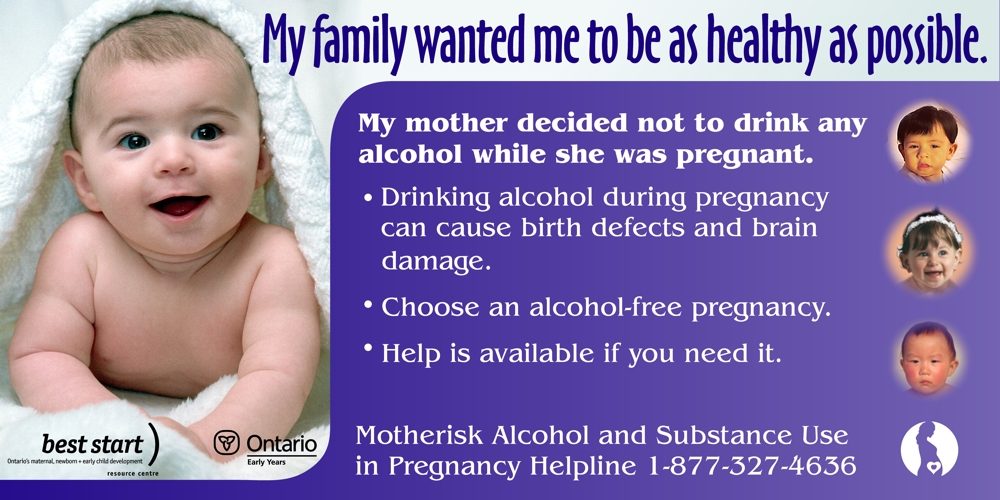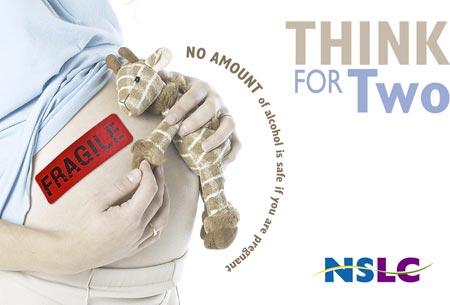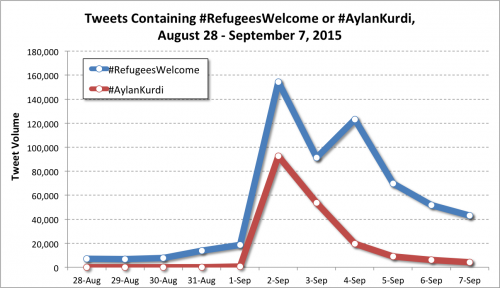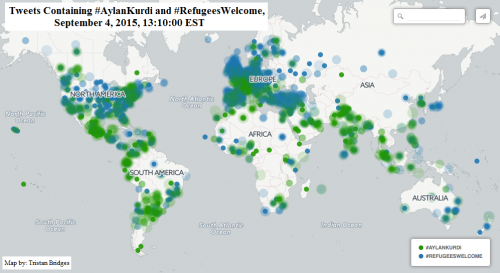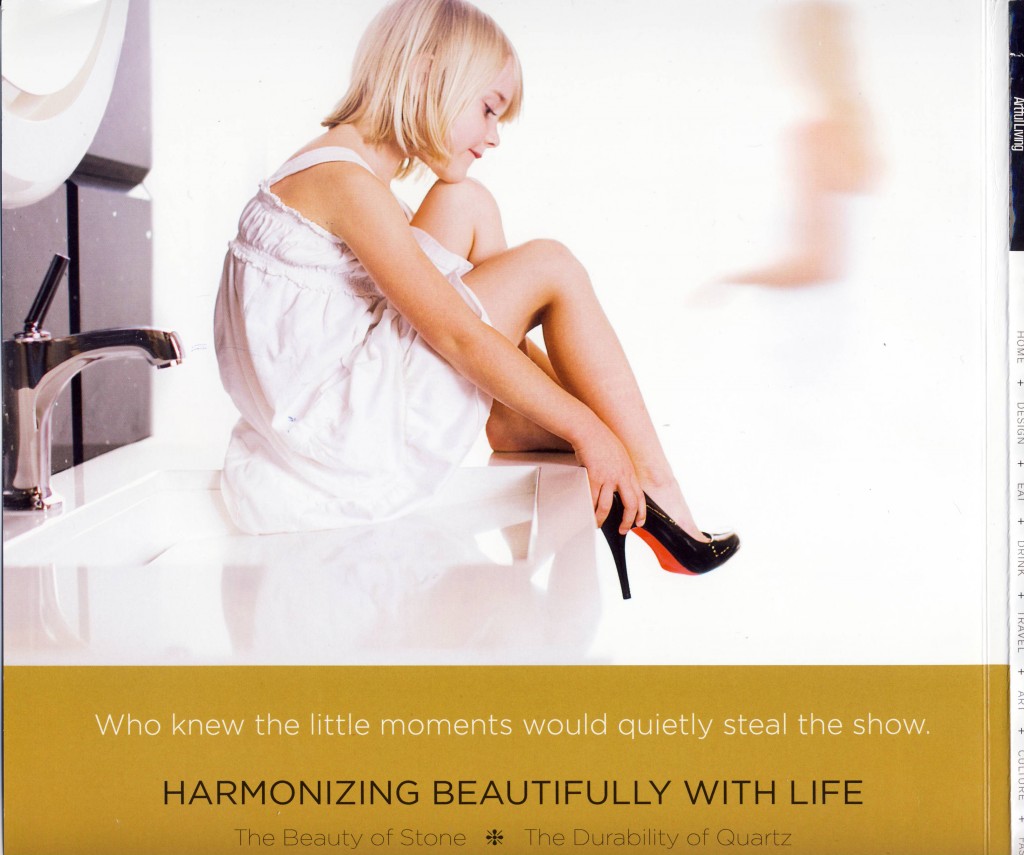Barbie has never exactly been a feminist icon, but last week Mattel was celebrated for a new advertising campaign that some say empowers young girls. In the “Imagine the Possibilities” commercial, the viewer sees young girls in professional settings — a science museum, a veterinary office, a soccer field — where they lead adults as if they are the ones in charge. At the end of the ad, the scene shifts to a girl acting out her role as a college professor with Barbie dolls in her bedroom. Across the screen flashes, “When a girl plays with Barbie, she imagines everything she can become.”
But does the Barbie commercial really send an affirmative message about women in male-dominated occupations? And how does it stack up against actual Barbie products?
To answer the first question, I invite you to watch the commercial with a special focus on how the adult observers treat the young girls who are acting out their career fantasies. From the very first scene, everyone the girls encounter has the same reaction: laughter. The idea that these girls can fill the roles they’re imagining strikes the adults as so silly that the only complete sentence any of the adults says to these girls is, “You’re kidding.”
The girls are cute or funny, but never a force to be taken seriously. While the storyline may seem to encourage women’s participation in the labor force, the laughter throughout the commercial suggests that the girls’ aspirations are seen as adorable or silly.
Is it just because they’re kids? I don’t think so. Compare the Barbie ad to toy commercials that target boys. The clearest example I found was the commercial for the i-Que Robot. Like in the Barbie commercial, children take the central speaking roles as adults react to them. Unlike the Barbie commercial, these adults appear captivated and impressed by the boys’ pitches about their toy. By the end of the commercial, it’s easy to imagine these boys as successful salesmen or engineers, everyone has already treated them as such.
Does Barbie back up their message, though, with actual opportunities for play? My quick search on Amazon for the phrase “Barbie office” was pretty disappointing. The commercial, in other words, is disingenuous; it’s out of line with the actual Barbie products available for purchase. After limiting the results to only those produced by Mattel or Barbie, the only office settings I found were a pediatrician’s office and a bright pink veterinary office — which are both associated with stereotypically feminine careers — and a post office that was discontinued in 1995.
There was also a computer and desk intended to be placed in a home setting. From my search for “Barbie office,” I more commonly found career sets for Ken than viable work-oriented play sets for Barbie. Given the options, I find it hard to image how Mattel sees girls playing with Barbie the way the newest ad suggests they might.
As it turns out, Barbie’s new advertising campaign is just the latest in a long string of commercials that try to go viral by appealing to feminist audiences. I would be more impressed if the ad made girls aspiring to male-dominated occupations seem like forces to be reckoned with or, at least, made products that reflected their appropriation of feminist ideals.
Cross-posted at Pacific Standard.
Nicole Bedera is a PhD student in sociology at the University of Maryland, College Park. She is currently studying college sexual assault and construction of young men’s sexualities.






